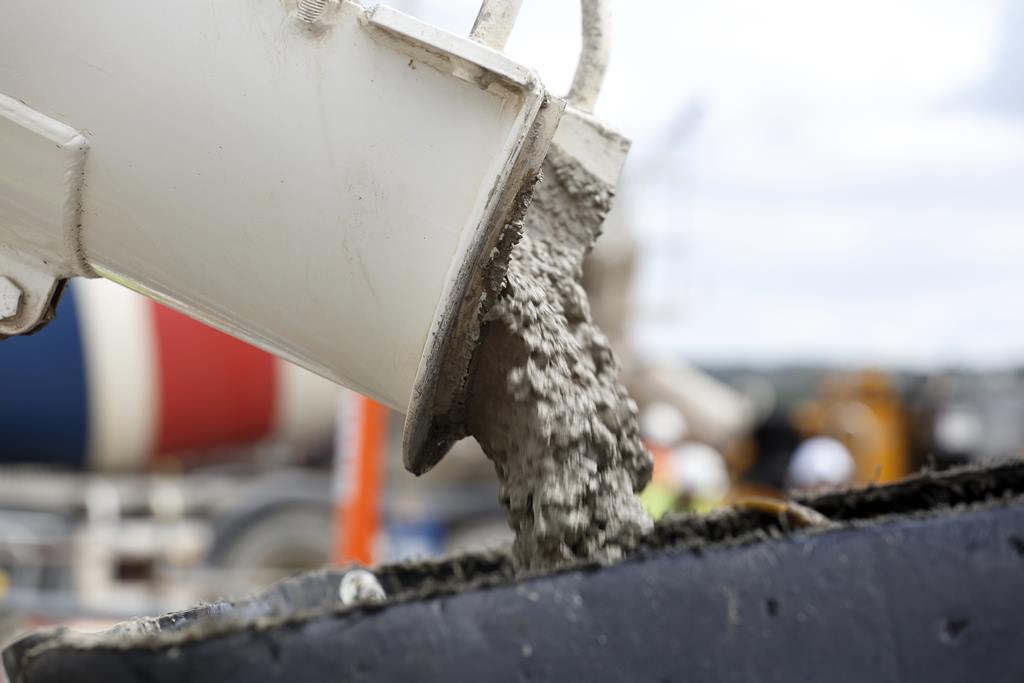The new standard is being described as one of the most significant changes to the traditional ‘recipe’ for making concrete since the 1980s.
The move is expected to offer the potential to save UK construction as much as a million tonnes of carbon dioxide emissions each year, were all sites to exploit it.
The new specification blends finely ground limestone from UK quarries with other materials such as fly ash, a by-product from power generation, and ground granulated blast furnace slag (GGBS), a by-product from the steel industry.
With the new standards now available, the CEM I content in concrete can be replaced with up to 20% of limestone powder, a product widely available in the UK.
“Making concrete is a bit like baking except that with concrete, ingredients are combined to alter properties such as strength, deliver environmental performance and change the aesthetics of the finished material,” said Elaine Toogood, director, architecture and sustainable design at the Concrete Centre.
“In a climate emergency, this new approved standard is important to helping architects and engineers significantly lower embodied manufacturing emissions today and in the future, while delivering structural strength in buildings and infrastructure.
“Providing a new generation of concretes are an important part of the UK concrete and cement industry’s roadmap to net zero alongside other technologies including the use of decarbonised transport, fuel switching and carbon capture, usage or storage (CCUS) technology.”
The move also helps address questions about the long-term sustainability of GGBS supply. An authoritative industry report in September deemed GGBS to be “a limited and constrained global resource”.
https://www.theconstructionindex.co.uk/news/view/green-concrete-ingredient-deemed-unsustainable
GGBS and fly ash have been used for several decades as an ingredient for concrete, but less of it is being produced in the net zero transition, so the use of limestone fines is important for helping to provide a sustainable source of materials to continue to lower the embodied emissions of concrete.
Got a story? Email [email protected]

